Best Times for Antenna Removals
Antenna removals are typically performed during periods of low wind and mild weather to ensure safety and minimize disruptions. Seasonal considerations can influence the timing, with calmer months generally preferred for outdoor work. Understanding the optimal timing can help prevent delays and ensure a smooth removal process.
Perform antenna removals when weather conditions are stable, avoiding storms, high winds, and heavy rain for safety and effectiveness.
Late spring and early fall often provide ideal weather for antenna removals, with moderate temperatures and lower wind speeds.
Adverse weather can cause delays, increase risks, and lead to additional costs, making weather forecasts important for scheduling.
Scheduling during dry, calm periods allows for better preparation and safer handling of equipment.
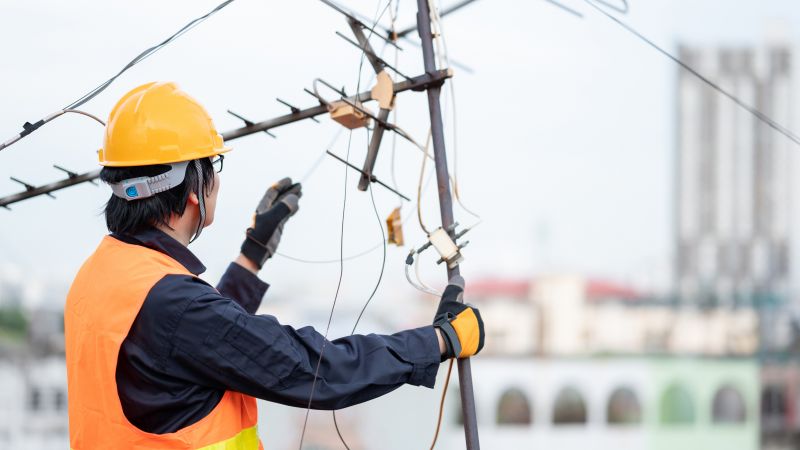
Technicians work safely during calm, dry conditions.

Planning during optimal seasons reduces risks.
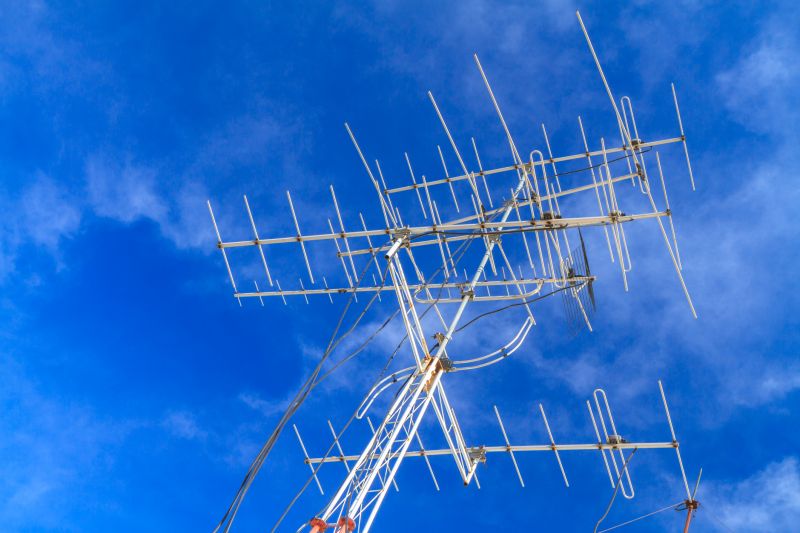
Weather delays can affect project timelines.
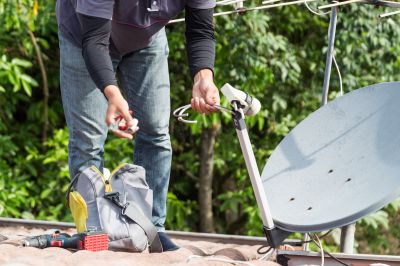
Ways to make Antenna Removals work in tight or awkward layouts.
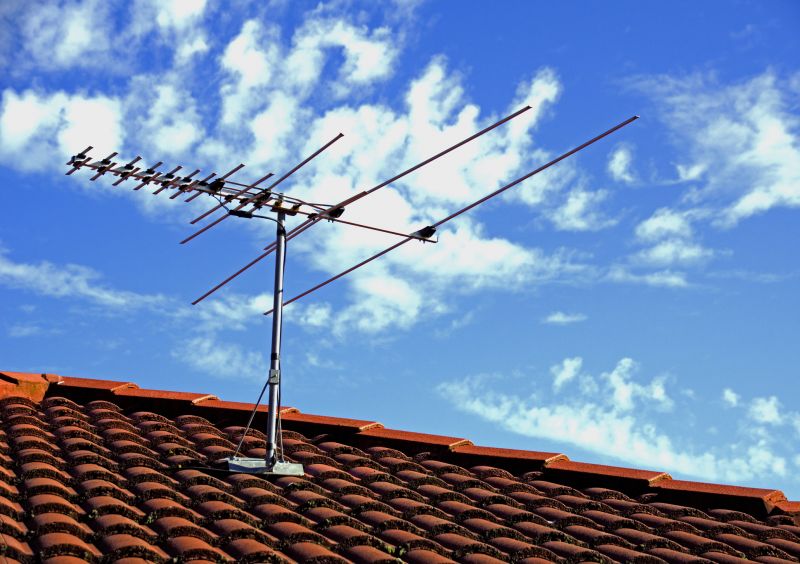
Popular materials for Antenna Removals and why they hold up over time.
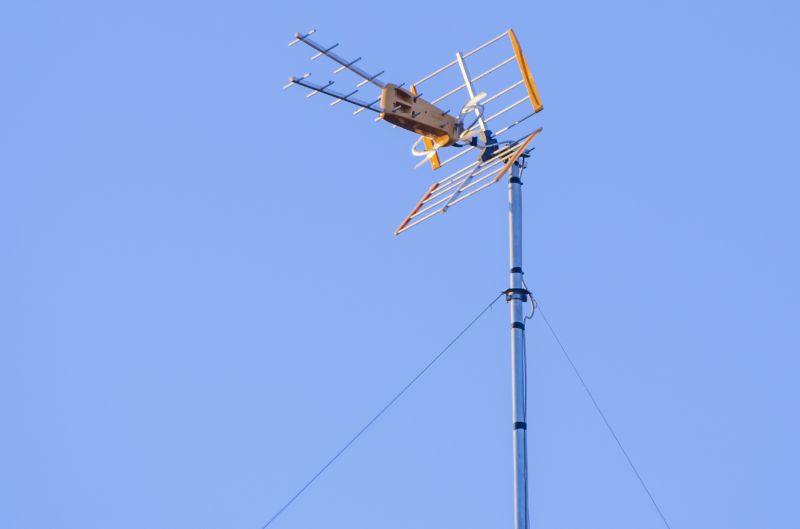
Simple add-ons that improve Antenna Removals without blowing the budget.
| Factor | Details |
|---|---|
| Weather Conditions | Perform during low wind, no rain, and mild temperatures. |
| Seasonal Windows | Late spring and early fall are preferred. |
| Regional Restrictions | Check local regulations affecting outdoor work. |
| Forecast Accuracy | Use reliable weather forecasts to plan. |
| Safety Considerations | Avoid work during storms or high winds. |
| Equipment Performance | Optimal weather ensures better handling of tools. |
| Delays and Costs | Poor weather can lead to project delays and increased expenses. |
| Preparation Time | Schedule well in advance for better planning. |
Antenna removals require careful planning to ensure safety and efficiency. Weather plays a critical role in determining the best time for these activities. Proper timing minimizes risks, prevents damage, and can reduce costs associated with delays. It is important to monitor weather forecasts closely and select periods with stable conditions for outdoor work.
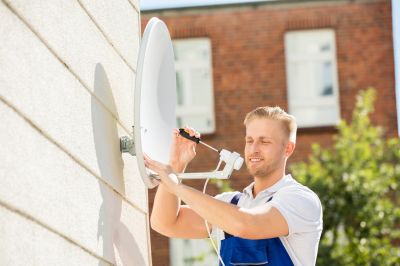
Technicians perform removals during stable weather conditions.
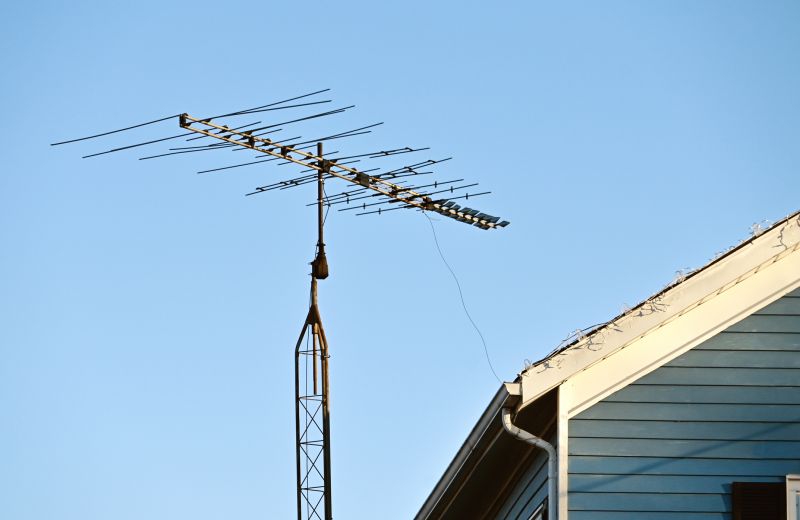
Scheduling in favorable seasons ensures better outcomes.
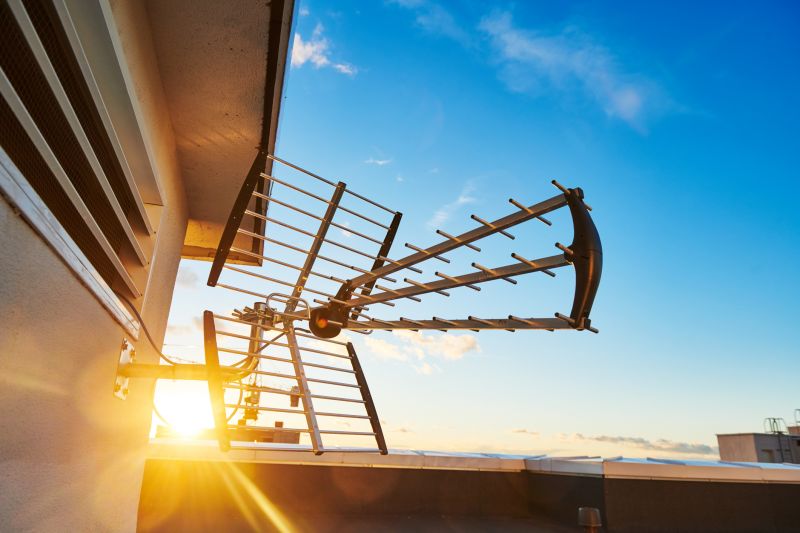
Accurate forecasts aid in planning antenna removals.
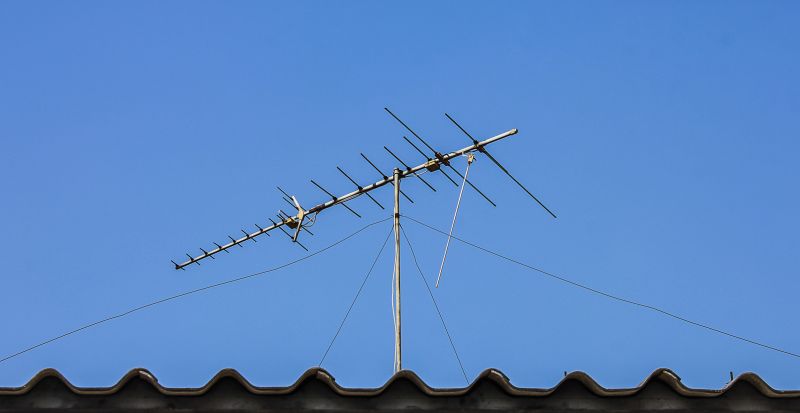
Optimal conditions improve safety and efficiency.
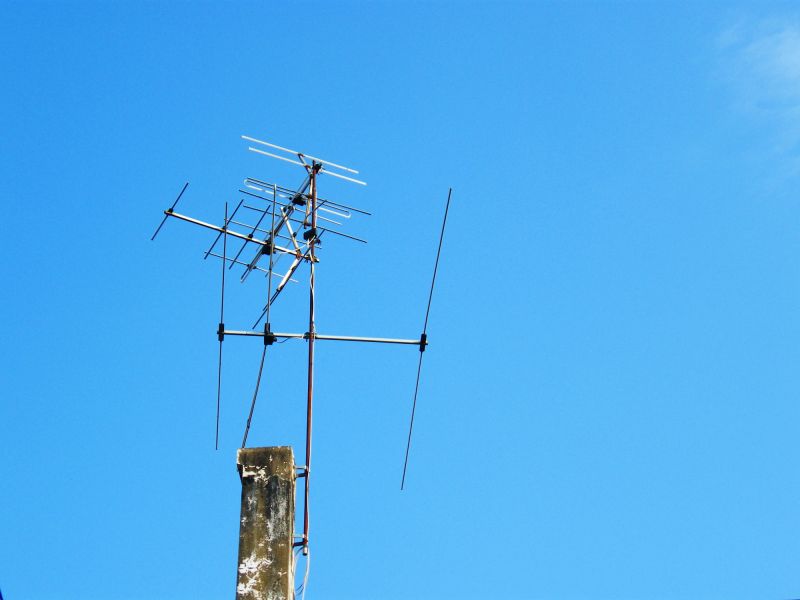
High-end options that actually feel worth it for Antenna Removals.
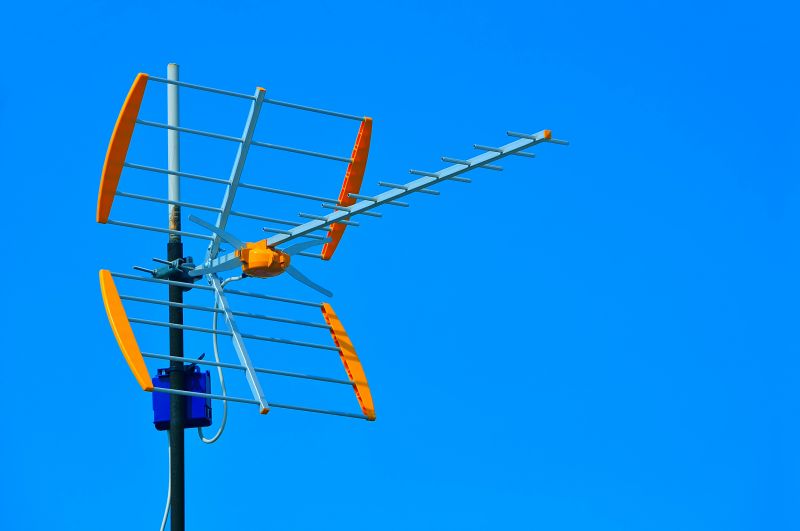
Finishes and colors that play nicely with Antenna Removals.
Interested in scheduling an antenna removal? Filling out the contact form can provide more information and help plan the process during the most suitable weather conditions. Proper timing ensures safety, efficiency, and cost-effectiveness for all involved.



